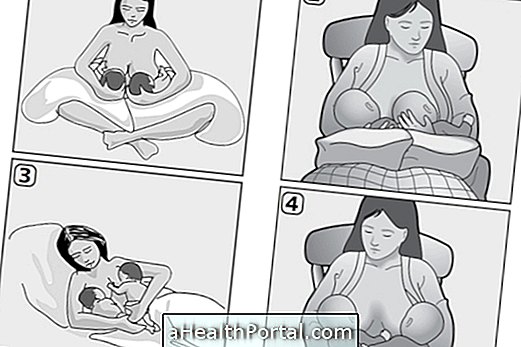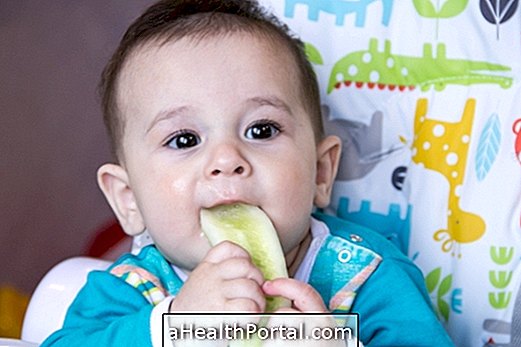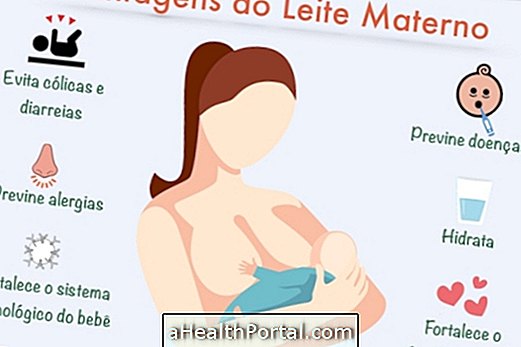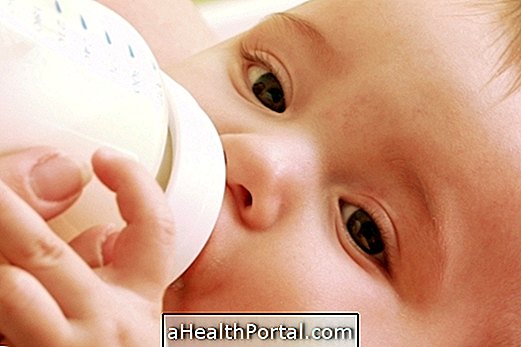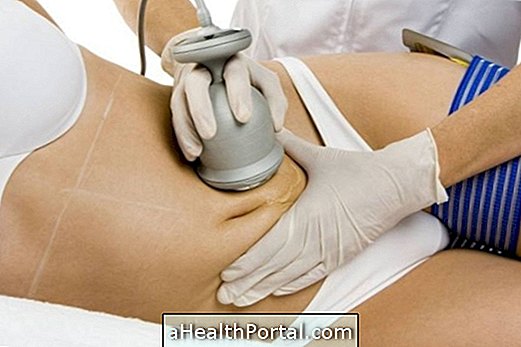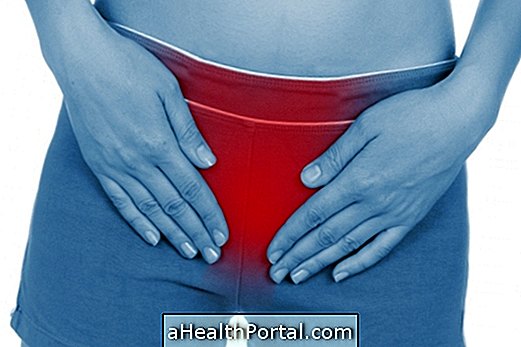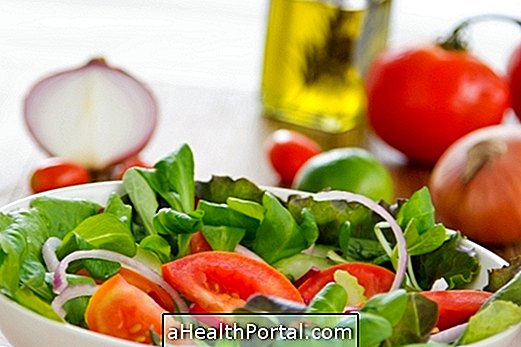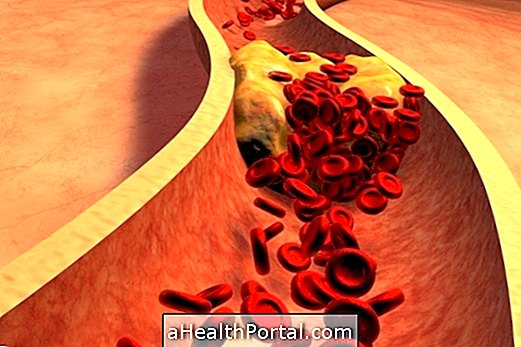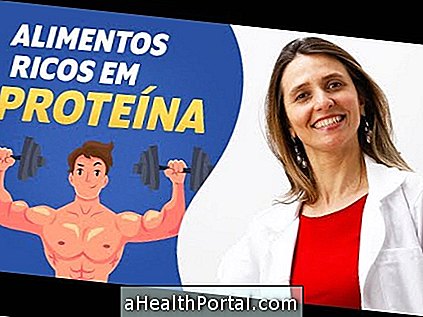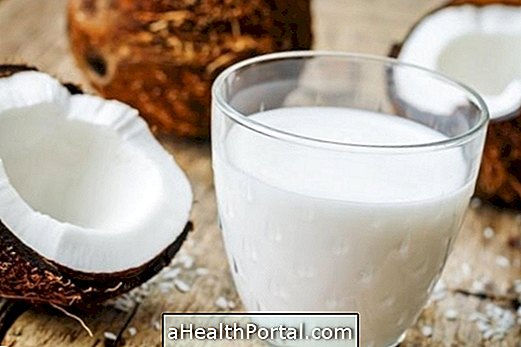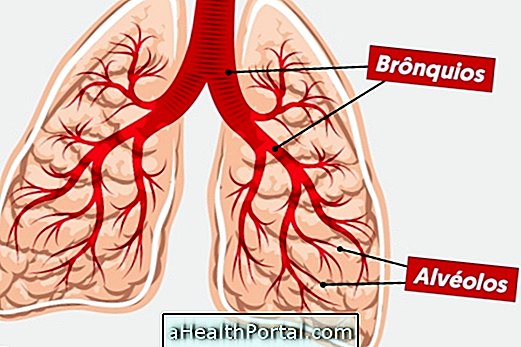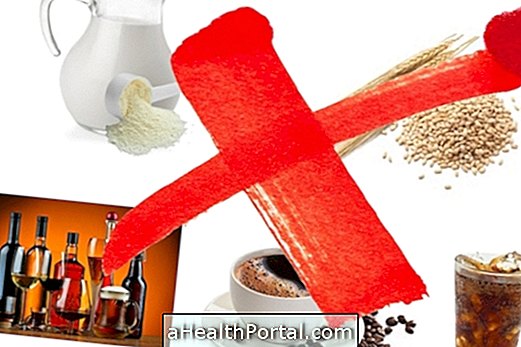Colostrum is the first milk a woman produces for breastfeeding, which can begin to appear from 4 months of gestation. It is yellowish, very fat and very caloric. It is produced in small quantity, which is compatible with the size of the baby's stomach during the first 2 or 3 days of the baby's life.
Colostrum is not a sign of pregnancy, but a white discharge can be released by women's nipples after stimulation from intimate contact at any stage of the menstrual cycle.
Colostrum contributes to the maturation of the baby's gastrointestinal tract because it has anti-inflammatory, antimicrobial and properties that help in the defense of the baby's body. This protects against various diseases such as diarrhea and allergies, as well as strengthening the relationship between mother and baby, being easily digested by the baby, being always ready at any time and place and being free.
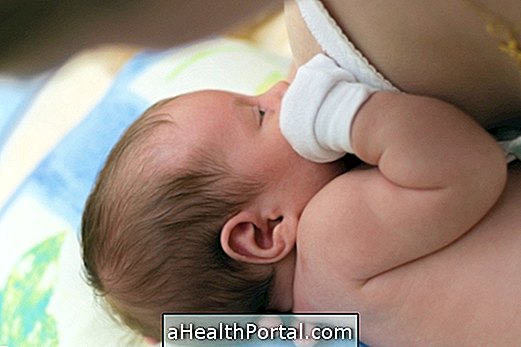
Composition of maternal colostrum
Colostrum is richer in protein, vitamin A and minerals, and less concentrated in carbohydrates and fat compared to mature breast milk.
The characteristics of colostrum are appropriate to the needs of the newborn baby. In addition, colostrum lasts only 2 or 3 days, at which time the "milk rise" occurs and begins the transition milk, still with a yellowish coloration.
Colostrum nutritional information
| Colostrum | Transition milk | Mature milk | |
| Protein | 3.1 | 0.9 | 0.8 |
| Fat | 2.1 | 3.9 | 4.0 |
| Lactose | 4.1 | 5.4 | 6.8 |
| Oligosaccharides | 2.4 | - | 1.3 |
During breastfeeding, if the mother has a nipple crack, it is normal for colostrum to come out with blood but the baby can suckle anyway because it is not harmful to the nipple. Your doctor may recommend the use of a healing nipple for nipples to be used throughout breastfeeding that can prevent these cracks. However, the main cause of nipple cracking is the baby's bad grip to suckle. Check out a Complete Guide to Breastfeeding for Beginners.
